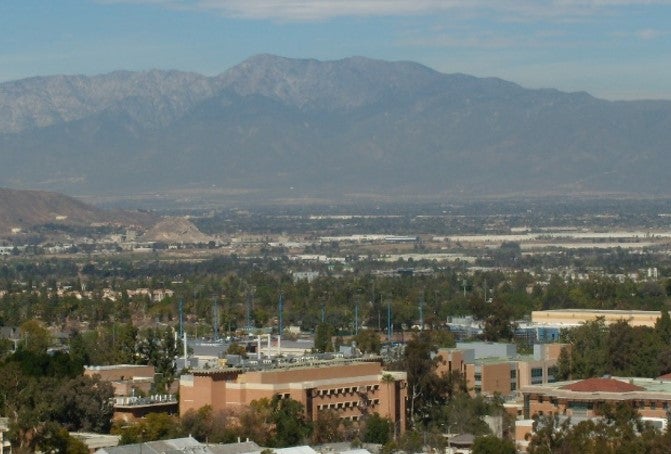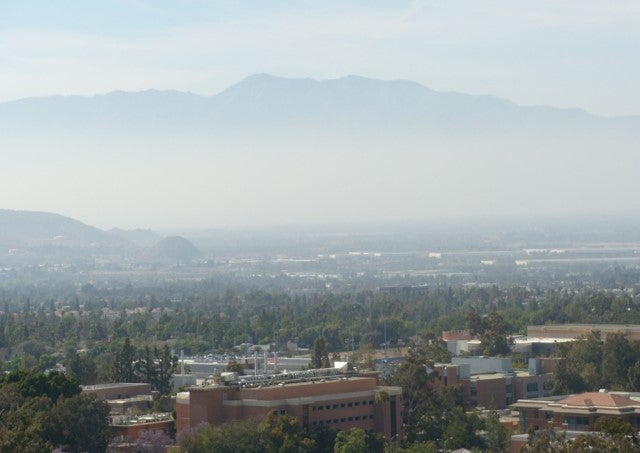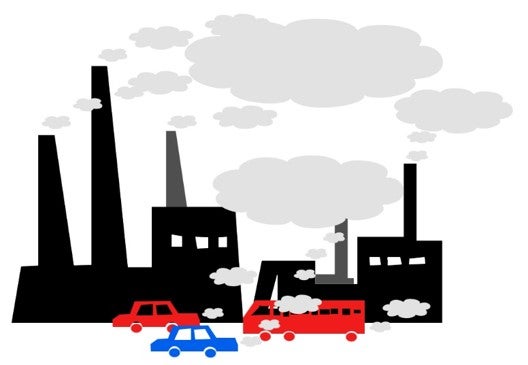Primary Vs. Secondary Pollutants
Air Pollutants
- Primary air pollutants: Pollutants that are formed and emitted directly from particular sources. Examples are particulates, carbon monoxide, nitrogen oxide, and sulfur oxide.
- Secondary air pollutants: Pollutants that are formed in the lower atmosphere by chemical reactions. The two examples are ozone and secondary organic aerosol (haze).
- Secondary pollutants are harder to control because they have different ways of synthesizing and the formation are not well understood. They form naturally in the environment and cause problems like photochemical smog.
Sources of PM
- PM2.5 (also known as fine fraction particles) is generally defined as those particles with an aerodynamic diameter of 2.5 microns or less. Sources of fine particles include all types of combustion activities (motor vehicles, power plants, wood burning, etc.) and certain industrial processes.
- PM10-2.5(also known as coarse fraction particles) is generally defined as those particles with an aerodynamic diameter greater than 2.5 microns, but equal to or less than a nominal 10 microns. Sources of coarse particles include crushing or grinding operations, and dust from paved or unpaved roads.
- Other PM may be formed in the air from the chemical change of gases. They are indirectly formed when gases from burning fuels react with sunlight and water vapor. The sources can be from fuel combustion in motor vehicles, at power plants, and in other industrial processes.


